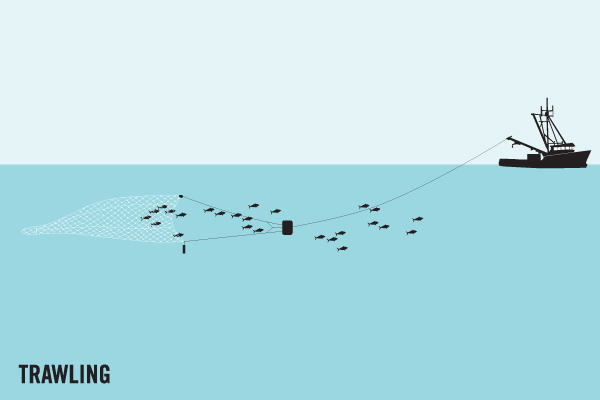Average Weight/Length
30 - 40 lbs. The giant among Snappers, Cuberas often reach or exceed 100 pounds, and the average is 30-50 pounds. World record 121 pounds, 8 ounces
Other "Popular" Names for this Fish
Cuban Snapper, Cuban Dog, Snapper
Location Habitat
While cubera snapper are found from New England down throughout the Caribbean to South America, they are not found in great numbers anywhere in their range. They are more concentrated in the Caribbean, but many are taken off the South Florida area. They can be found on very deep water reefs, and fishing for them becomes a very special activity. Adults are found mainly around ledges over rocky bottoms or around reefs. Young sometimes inhabit mangrove areas. Feed mainly on fishes, shrimps and crabs (Ref. 55). A wary fish, not easily approached underwater
Biology & Physical Description
Cubera snapper are the largest of the family, weighing in at almost 100 pounds. They will give you the fight of your life if you can manage to get them up off the bottom structure! The young typically inhabit inshore mangrove areas and seagrass beds that offer some protection from predators. Small cubera also are known to enter estuaries, mangrove areas, and the tidal reaches of streams and freshwater canals. From May to August lunar cycles prompt throngs of Cubera snappers to come together en masse at shallow offshore spawning sites, the outer reef slopes and sandy drop-offs found around the Caribbean. At these select spots, teeming masses of up to 10,000 snappers may gather. Females release their eggs into the sea, where they produce larvae within a day—and provide a subsequent feast for any nearby whale sharks. Young snappers seek protection among inshore sea grass beds or mangroves and have even been known to enter freshwater. Those fish that survive to adulthood prefer to move offshore to suitable rocky ledge and reef habitats in the Caribbean and Western Atlantic.
Geographic Species Map (Fishbase.org Map)
|
|

|
Summary of Distribution: Western Atlantic: Nova Scotia and Bermuda (Anderson, pers. comm.) to mouths of the Amazon, Brazil. Rare north of Florida and apparently rare in the Gulf of Mexico. |
|
Note: Distribution range colors indicate degree of suitability of habitat which can be interpreted as probabilities of occurrence (fishbase.org) |
|
Sport Fishing Techniques
|
|
River DriftRiver Drift means to use the.... |
|
|
|
TrawlingTrawling is when.... |
|
Tackle & Baits
Realistically, ocean gear with lines testing upward of 50 pounds should be used for Cubera fishing, even though quite a few big ones have been caught on lighter lines and occasionally even on heavy spinning and plug tackle by deep-jigging anglers. Most Cuberas caught by design are taken at night off North Key Largo and South Dade during the summer months. By far the best bait is a whole live lobster. Whole live blue crabs make a fair substitute, as do live Blue Runner and similar baitfish. Cuberas are perfectly willing to take dead baits too, but usually get beaten to them by smaller fish.
Game Rating
Game Rating : 8/10
Game Description :
A real brawler that uses its size, strength and every obstacle in the vicinity to great advantage.
Food Rating
Game Rating : 7.5/10
Game Description :
Excellent to about 40 pounds. Larger ones tend to coarseness, and carry the possibility of causing Ciguatera poisoning (see Introduction).
Picture (Fish)
|
|
|
|
|
Picture Mount
|
|
|
Product Specs
Available Sizes: 22 - 53 in.
Details: Fired-Enamel Glass Eye
Product Options: Wood Plaque, Custom Base, 360°




















 Snapper - Cubera
Snapper - Cubera 

.jpg)






